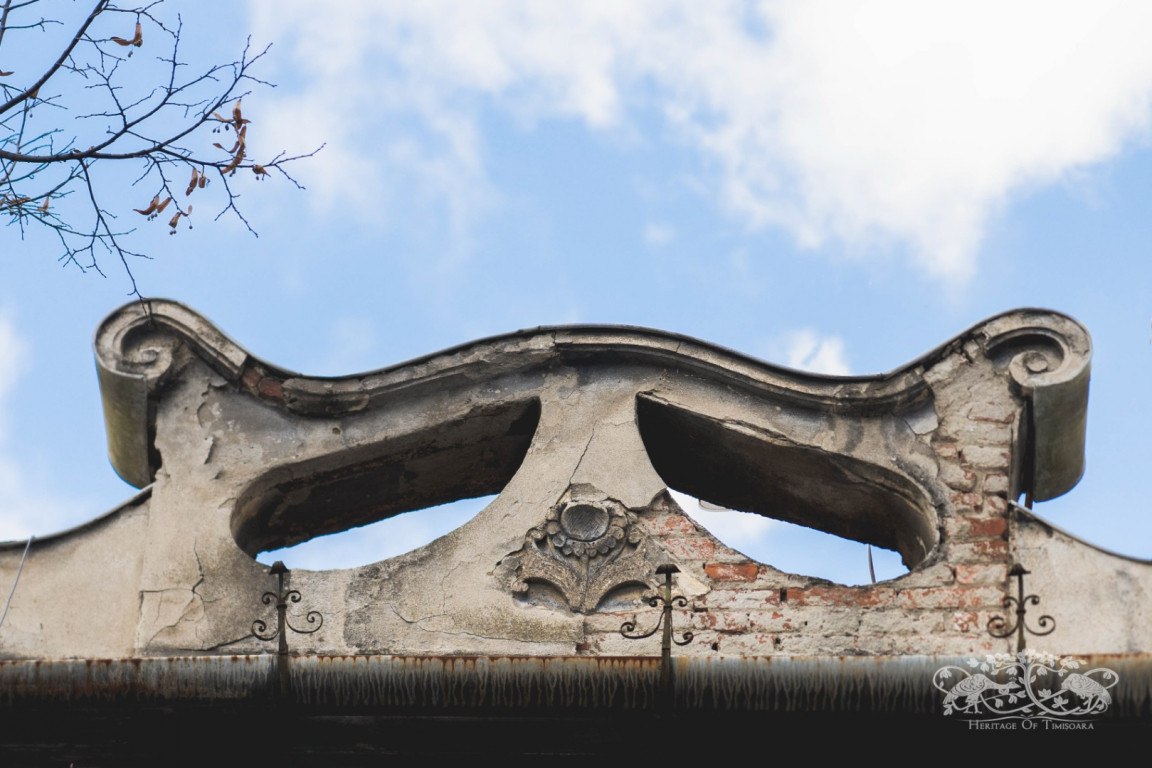A thick, cracked and aging coat of cement hides the plaster motif of the Sunflower. The sun of freedom can melt the grey coating, however, revealing long-forgotten color - while European culture is awaiting a new spring, the Sunflower, a symbol of hope and resistance, is ready to follow the light once again. This spring does not come about if we await it passively, but we can create it through active involvement, support and empathy.
Our thoughts reach out to Ukraine while we write this tribute article to briefly tell the tale of the sunflower in Timisoara’s architecture.
Timișoara’s facades feature numerous phytomorphic ornaments, with the motif of the flower being one of the most widespread. Despite being present in architectural ornament since antiquity, the motif of the flower acquires a central presence in the artistic movement of the 1900s, with a key role in Secession aesthetics. This is the time when this motif is at the peak of its use and artistic transformation, making Timișoara a city of stone flowers.
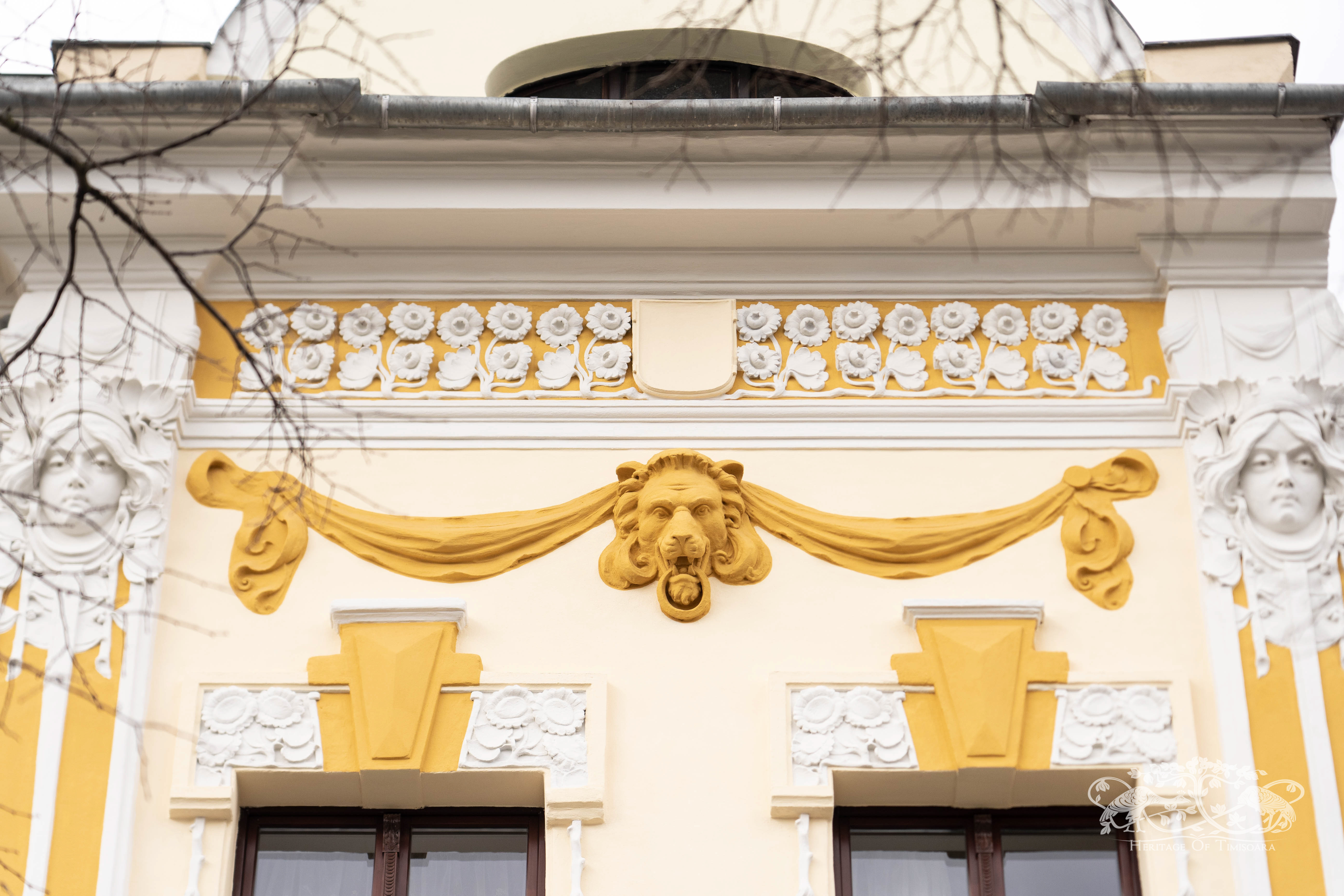
Photo: Raul Bondrilă
The sunflower – history and symbolism
Despite being a New World plant that only reached Europe in the 1500s, the sunflower (Helianthus annuus) is strongly interspersed in European stories and culture, retrospectively influencing even the myths of ancient Greece and replacing local flora in versions of the Apollo myths, becoming a symbol of the nymph Clytie. The flower’s relationship with human culture and art started in its American homeland, where it was worshipped by the Aztecs, being then adopted by the great families and royals of Europe, the Medici giving it particular importance in their famous mosaics.
By the end of the 19th century the Sunflower motif acquires new significance in the art world, both through the English Arts and Craft movement and because of the great Aesthetes of the time, such as Aubrey Beardsley and Oscar Wilde, who make it the main symbol of their doctrine.
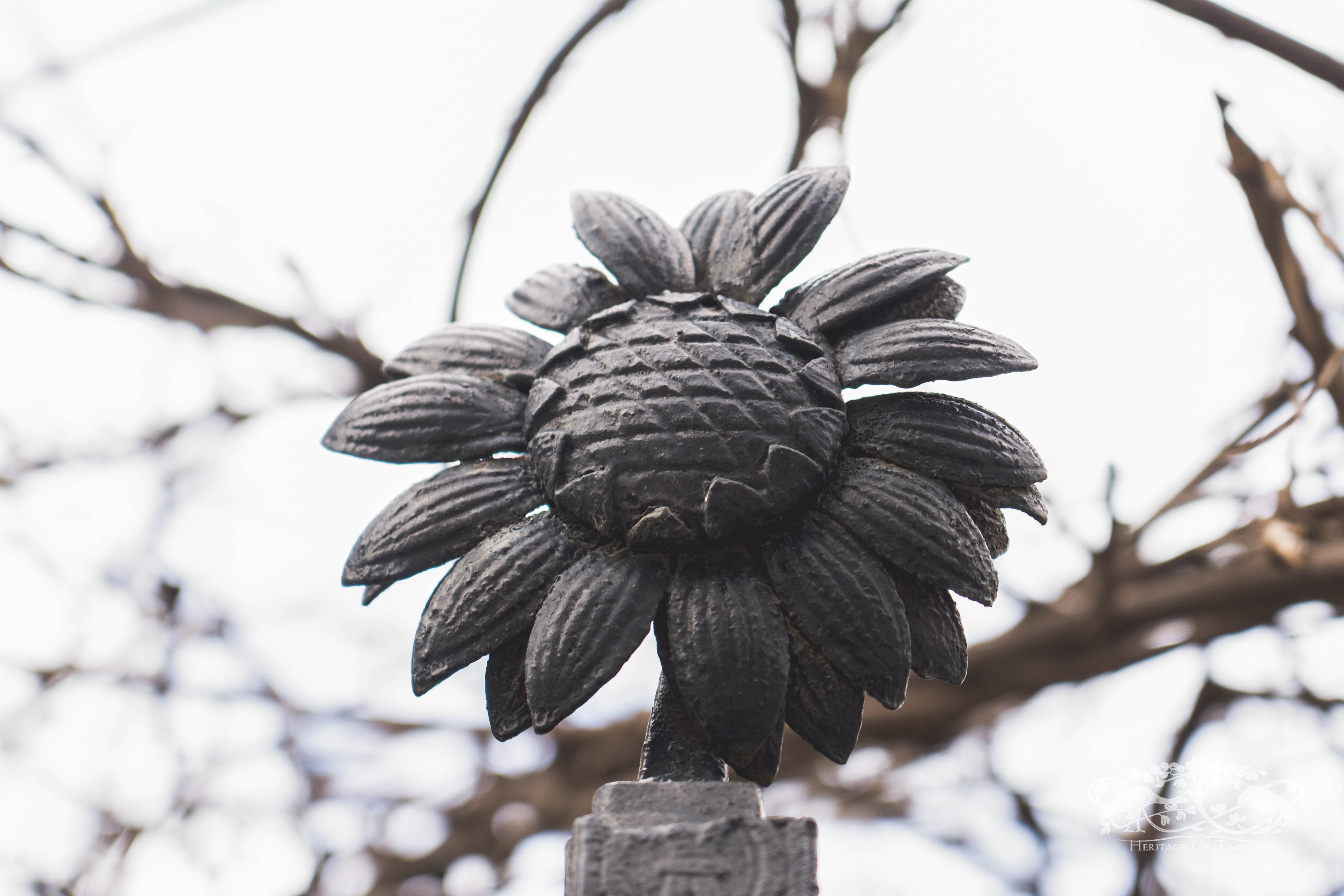
Photo: Raul Bondrilă
The holistic art of the 1900s adopts and turns this motif widespread, using it under various forms and shapes. The Sunflower motif organically coincided with local culture in central and Eastern Europe, where the motif was already widespread in folk culture, being a daily part of life. This motif was also chosen for its aesthetic traits, having a simple composition that could easily be abstracted geometrically, the 1900s art movement approaching its representation differently however, using the entire plant for elaborate compositions that feature roots and stems.
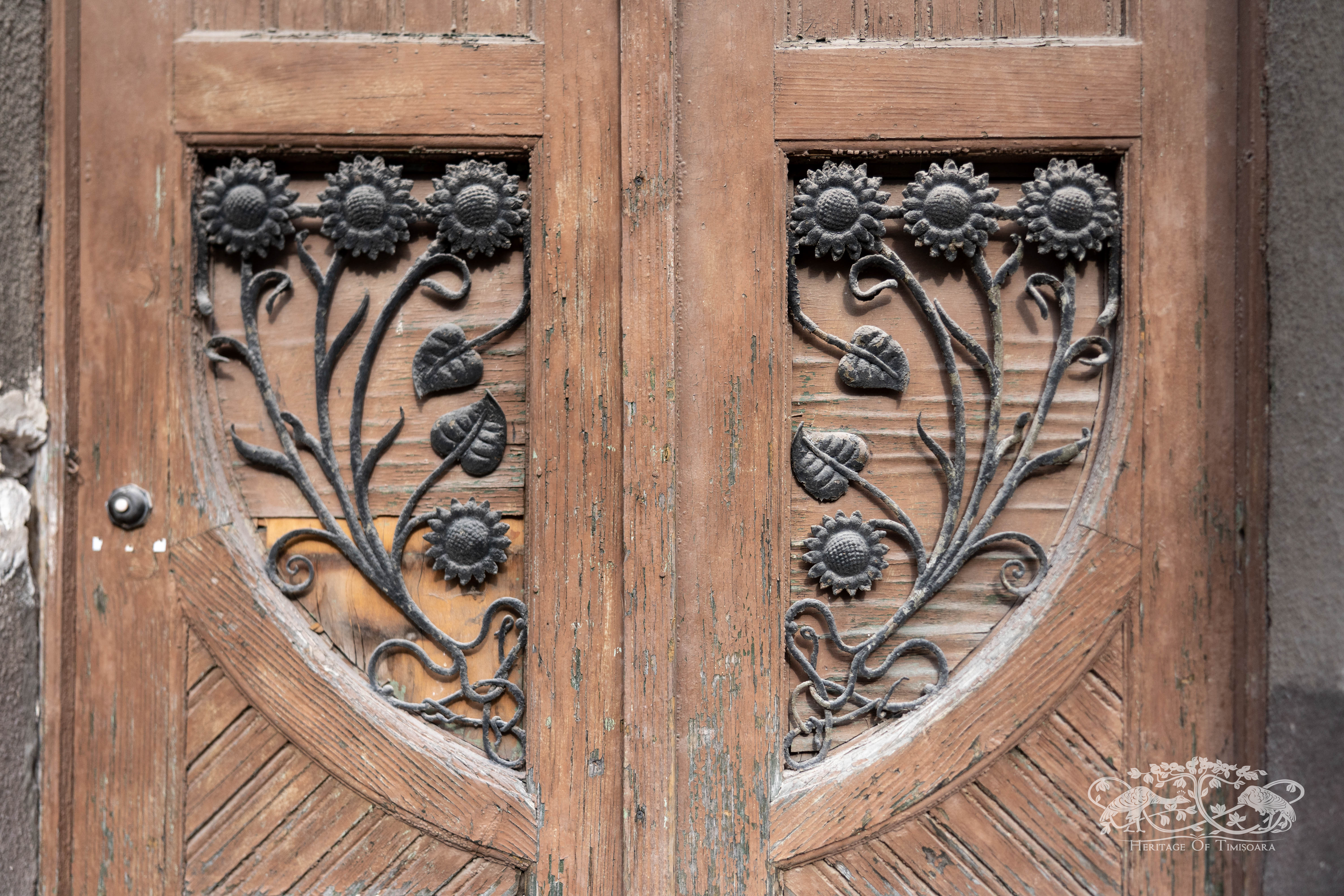
Photo: Raul Bondrilă
A solar symbol, the Sunflower is associated by folk culture with adoration and unrequited love, while Romanian mythology raises the Sunflower to the rank of judge for the rest of the girl-flowers. Other myths associate it with summer, fulfilment and happiness and with hope for the future.
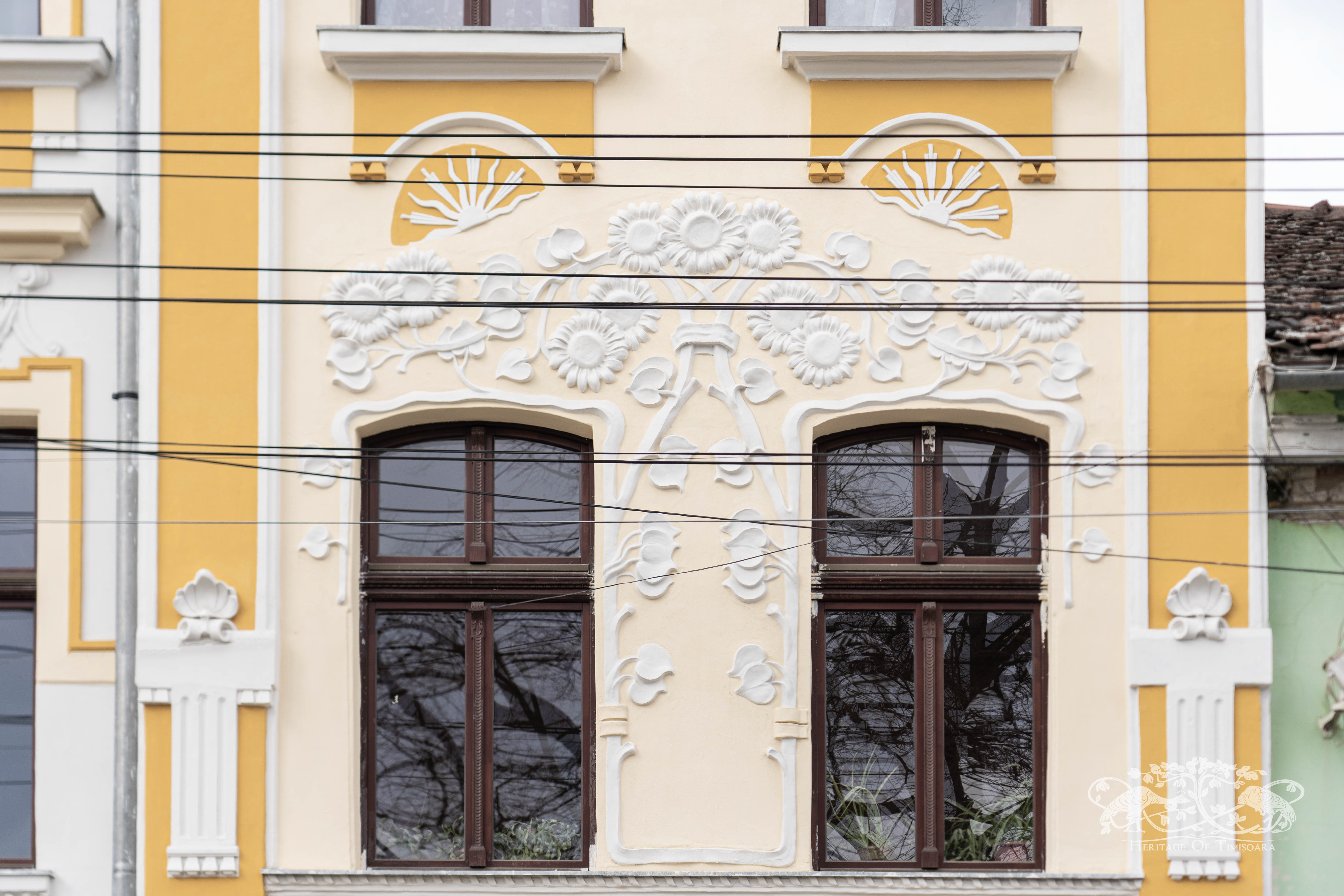
Photo: Raul Bondrilă
The sunflower in Timișoara
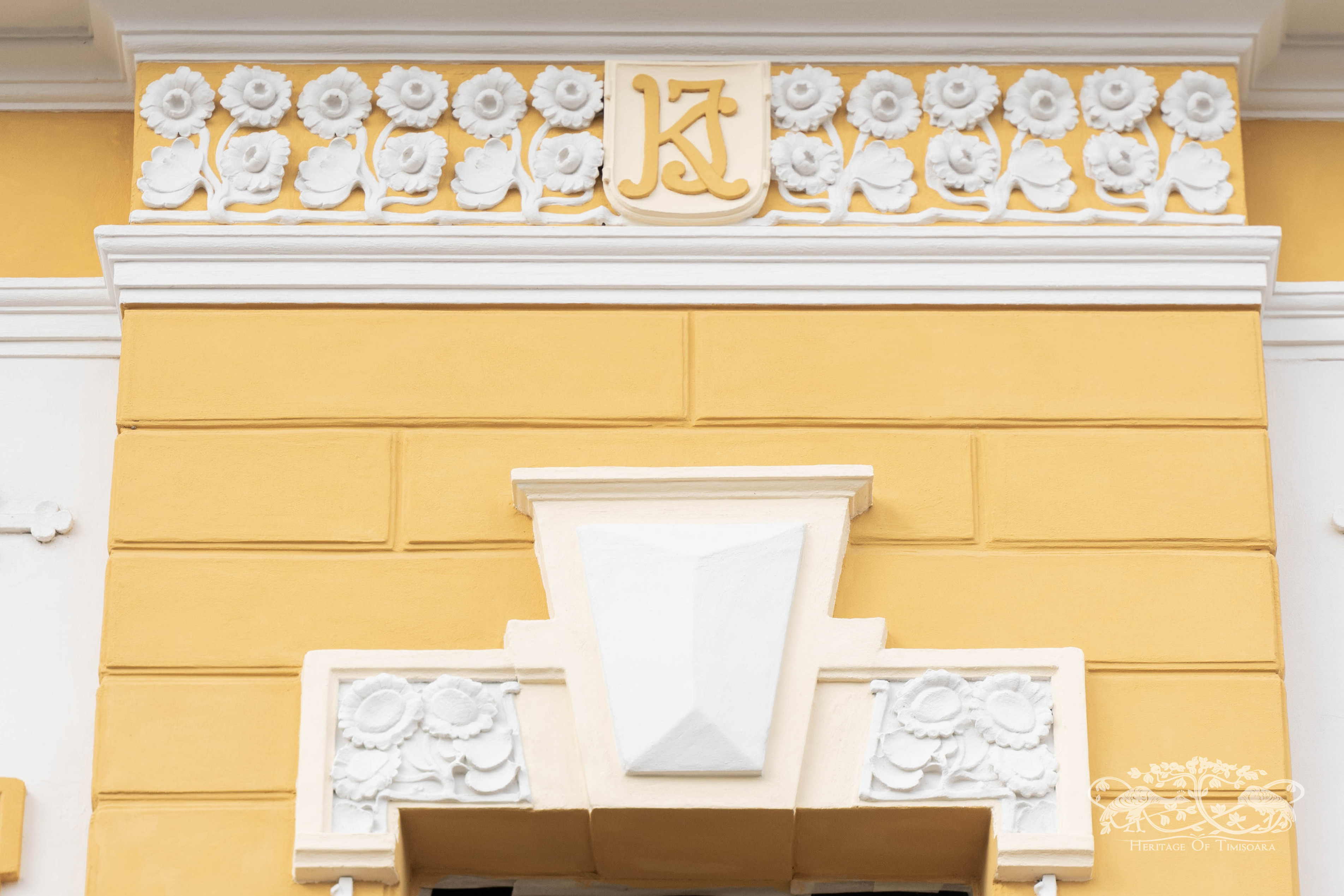
Ferencz Mallinger house, unidentified architect, 1915
Photo: Raul Bondrilă
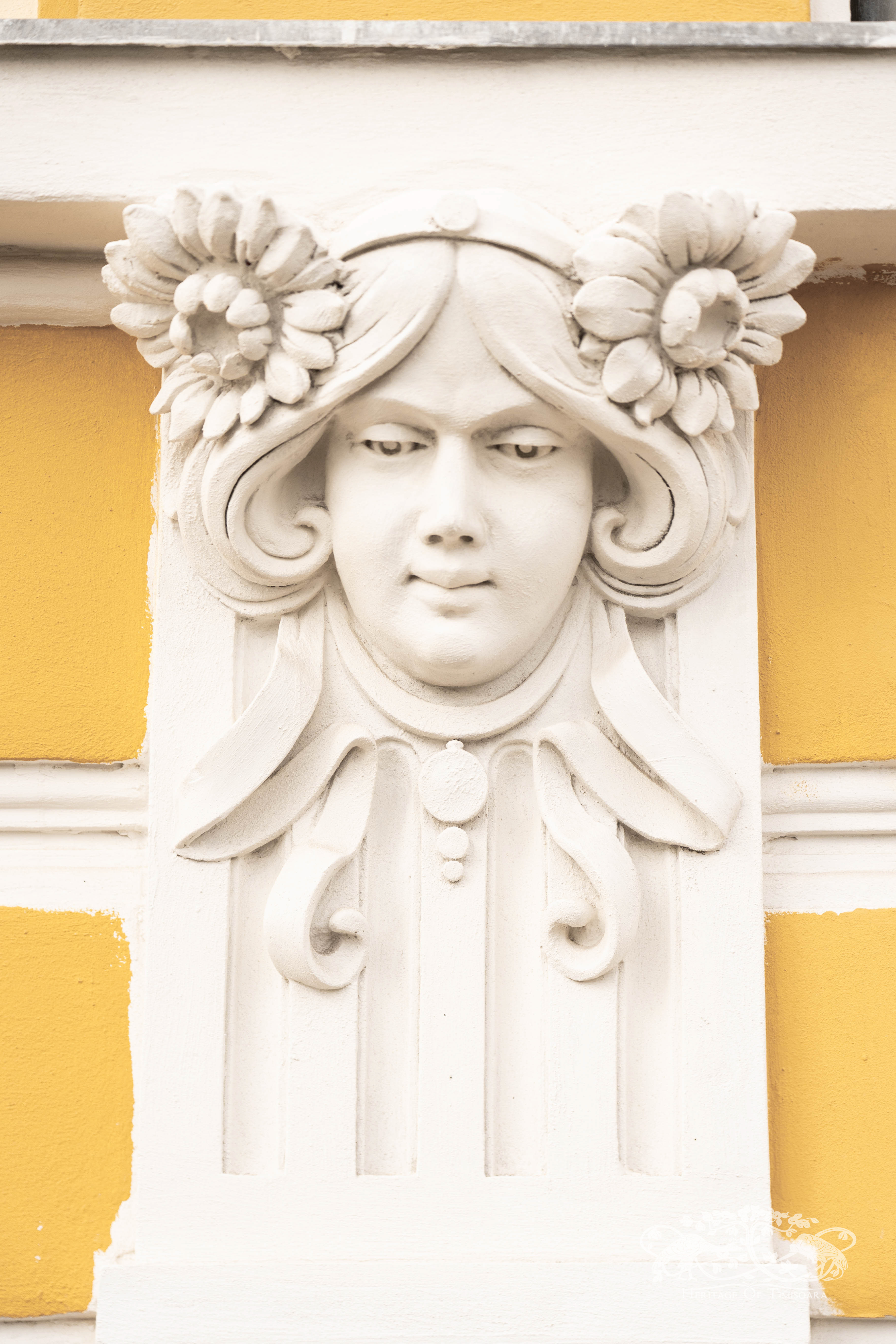
Ferencz Mallinger house, unidentified architect, 1915
Photo: Raul Bondrilă
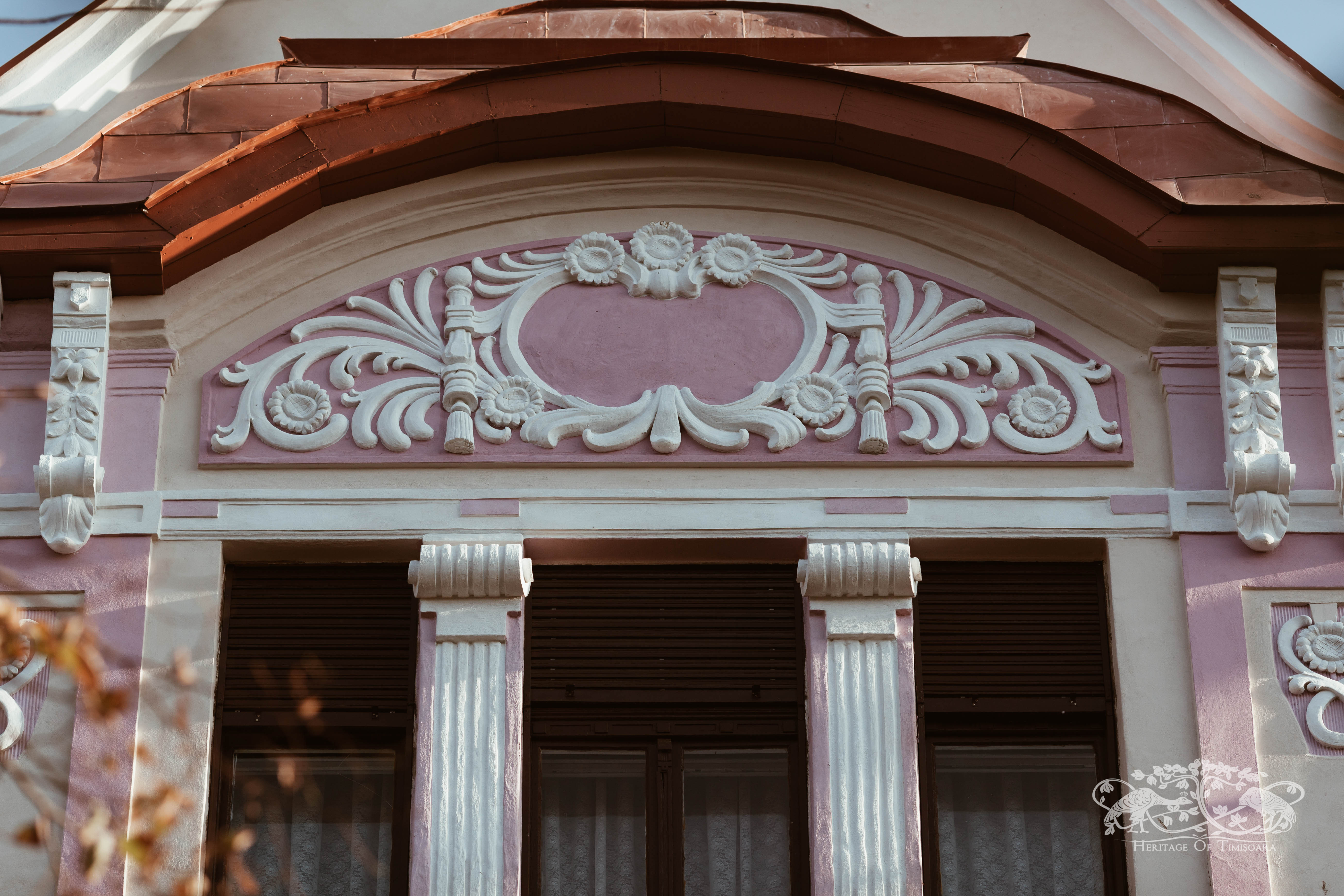
Architect Martin Gemeinhardt, 1913
Photo: Flavius Neamciuc

Franz Anheuer Palace, architect Ede Reiter, sculptor Alois Heine, 1901
Photo: Flavius Neamciuc
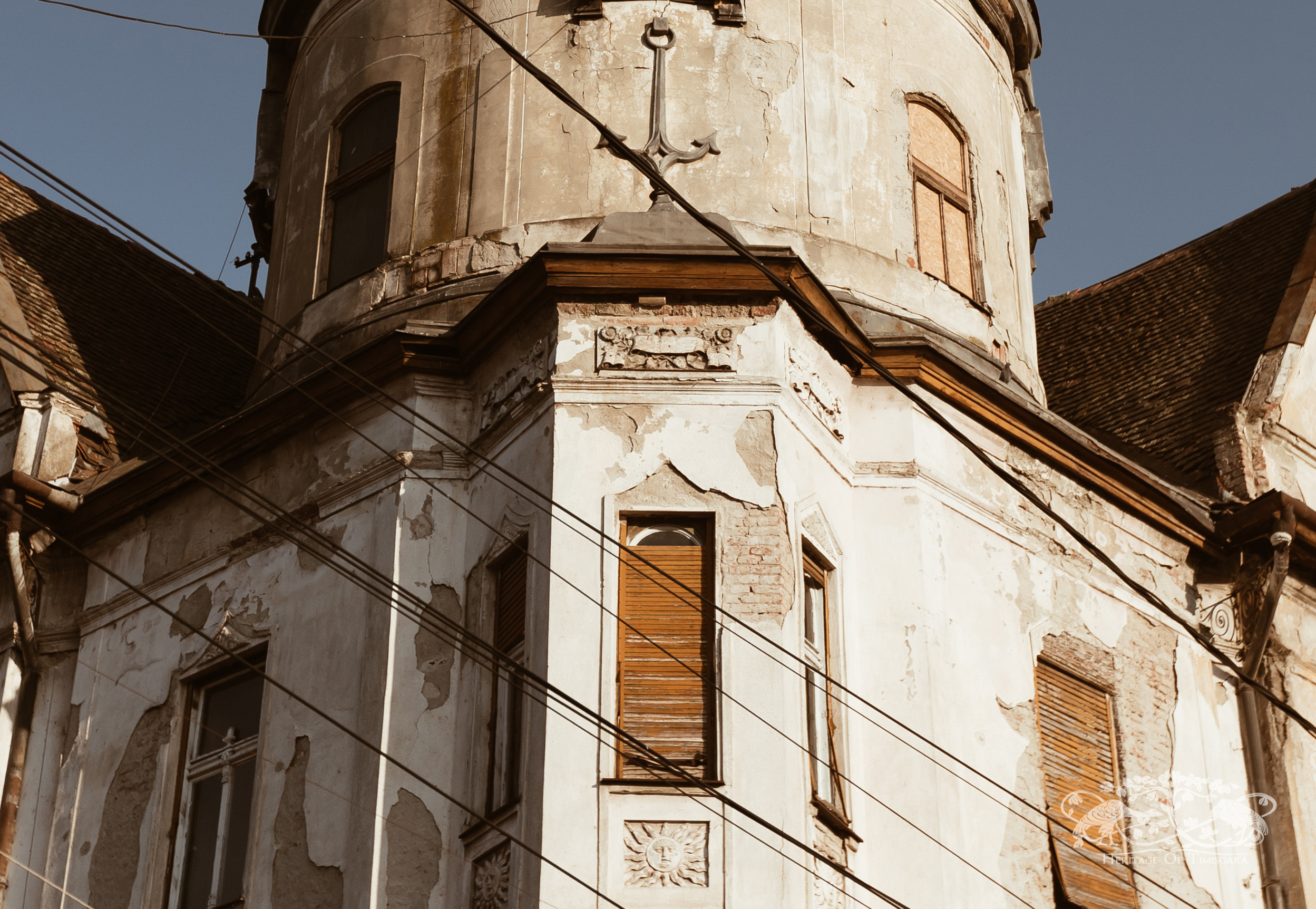
Anchor Palace, architect Martin Gemeinhardt, 1902
Photo: Flavius Neamciuc
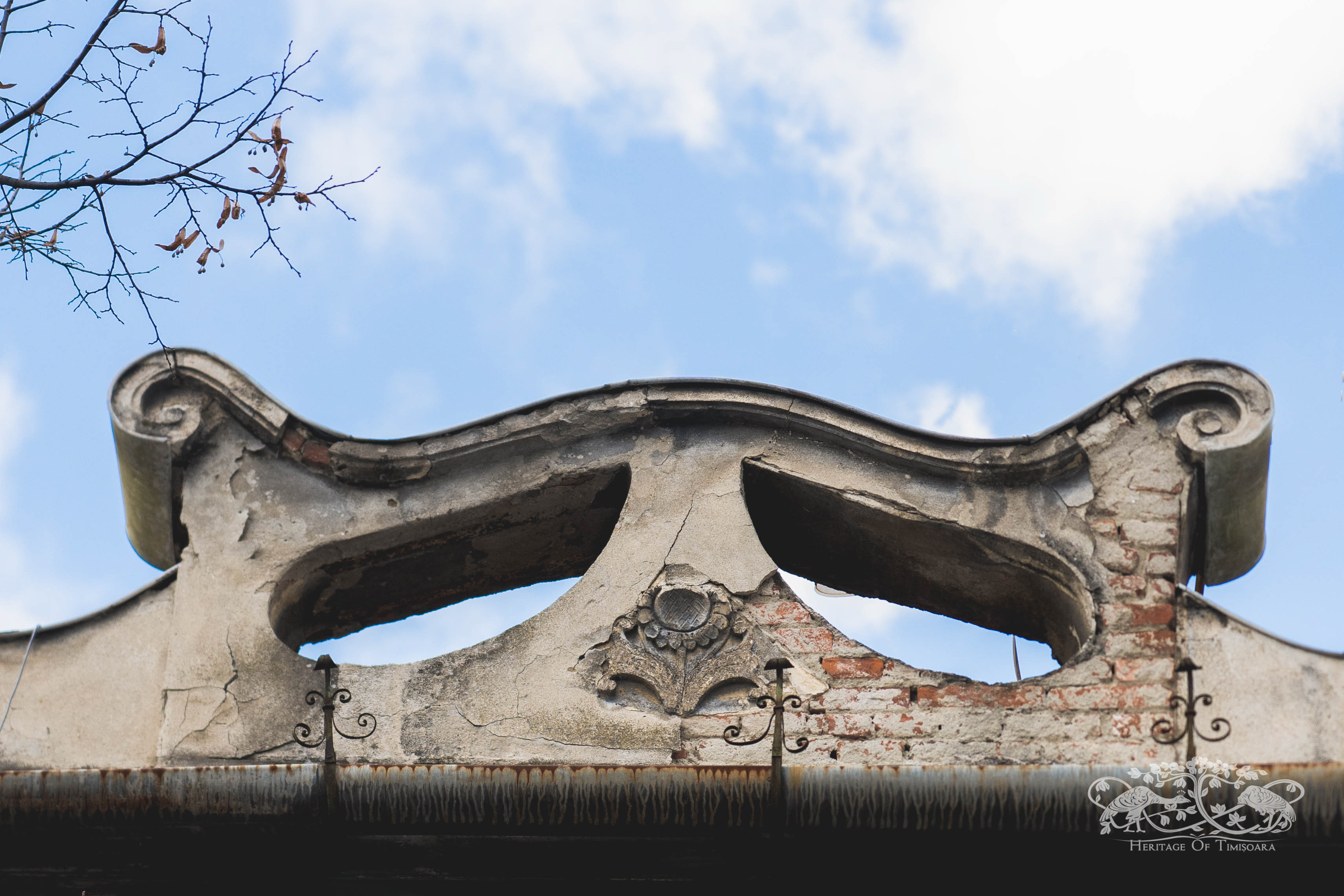
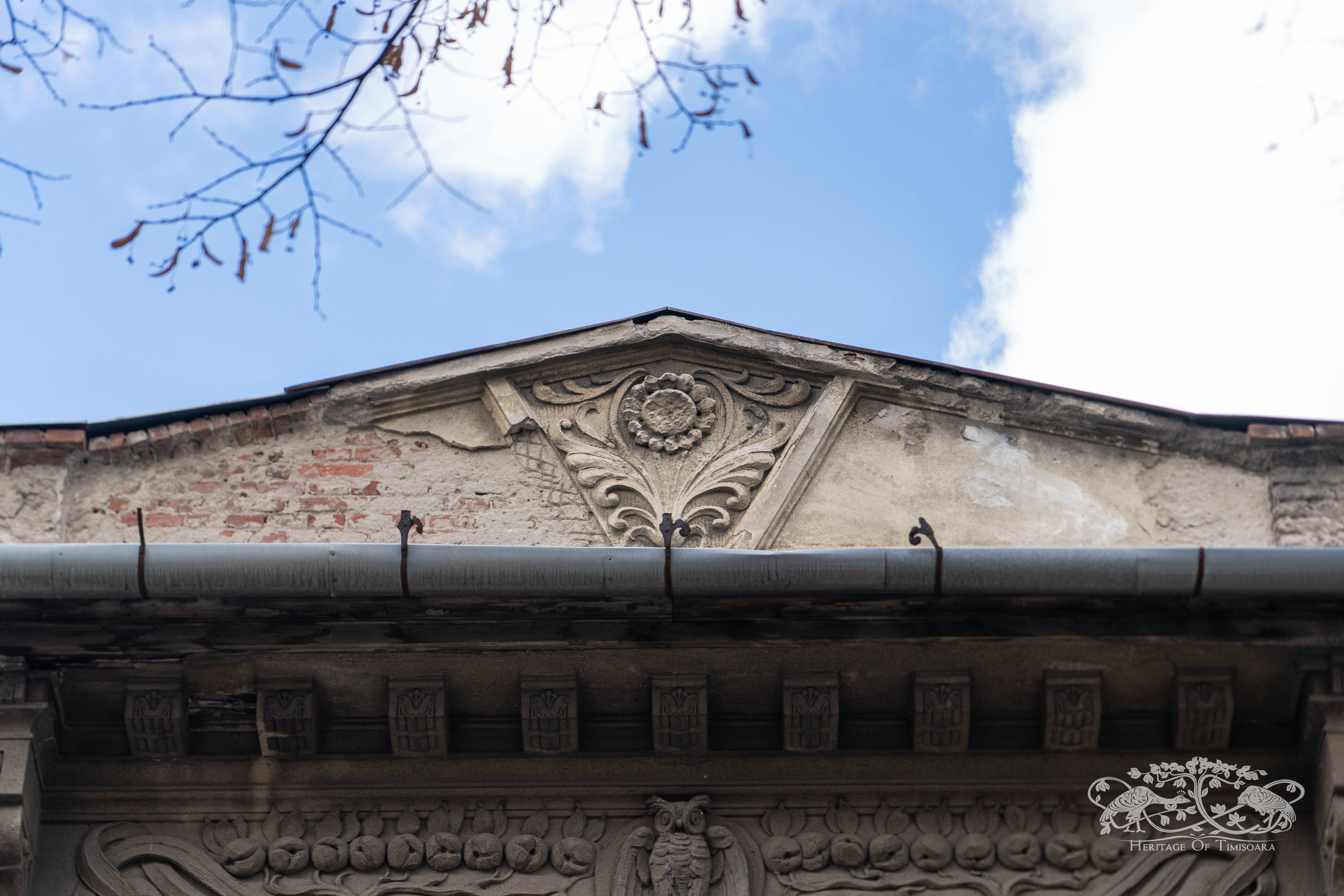
Romulus Nikolin and Hartlauer János houses, architect Martin Gemeinhardt, 1904
Photo: Raul Bondrilă
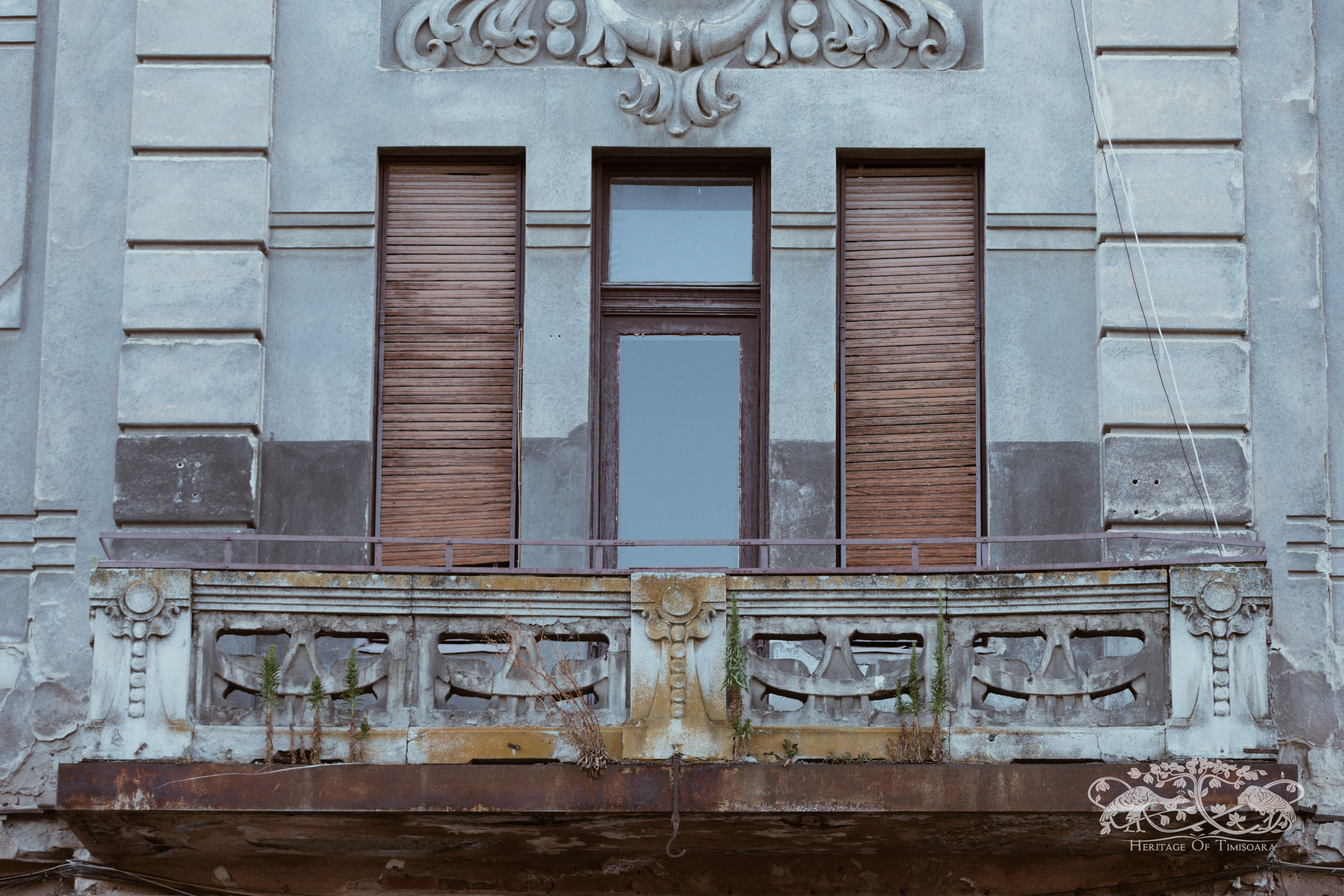
Mercur Palace, architect Arthur Tunner, a building strongly influenced by the style of architect Lipót Baumhorn.
Photo: Flavius Neamciuc
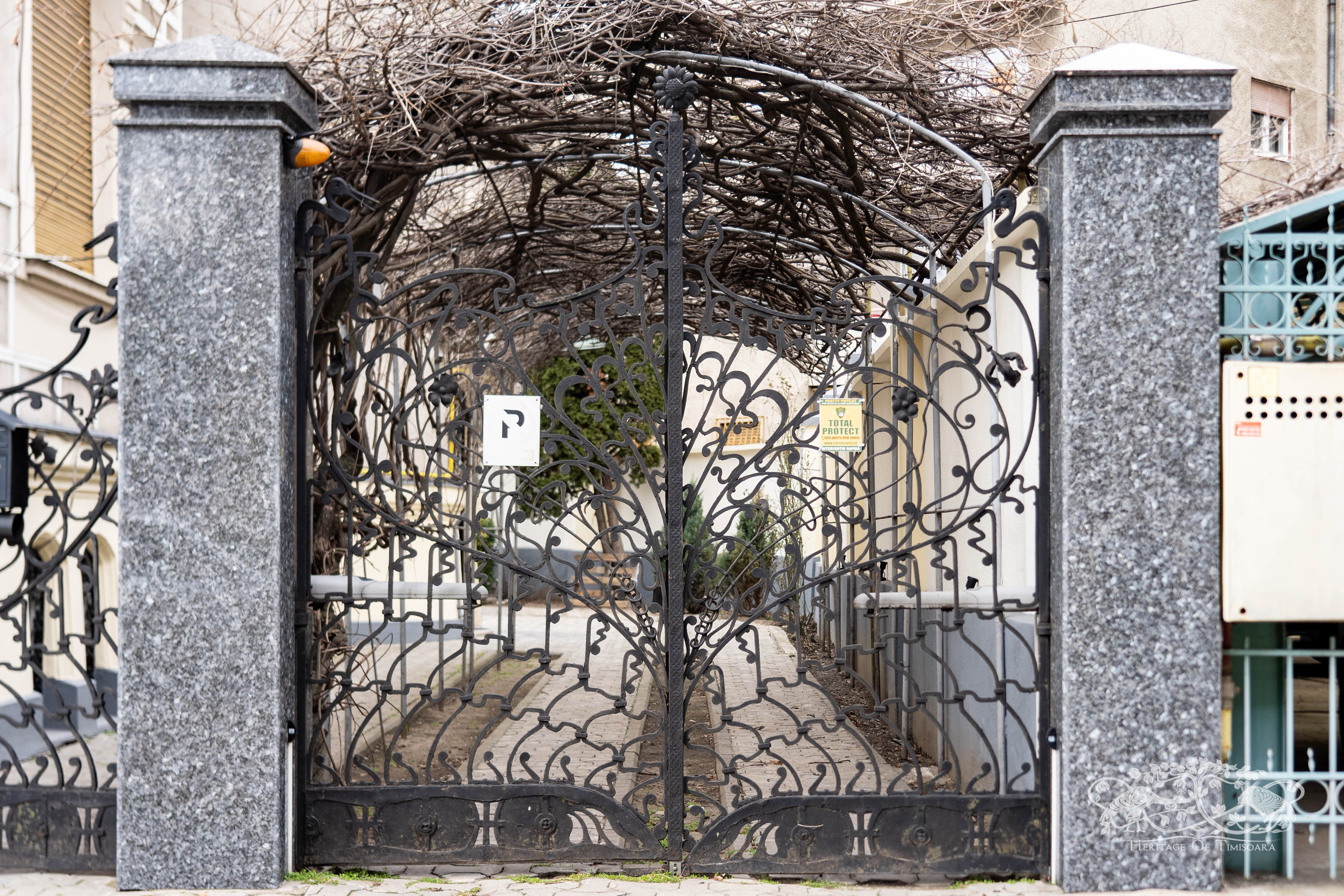

Photo: Raul Bondrilă
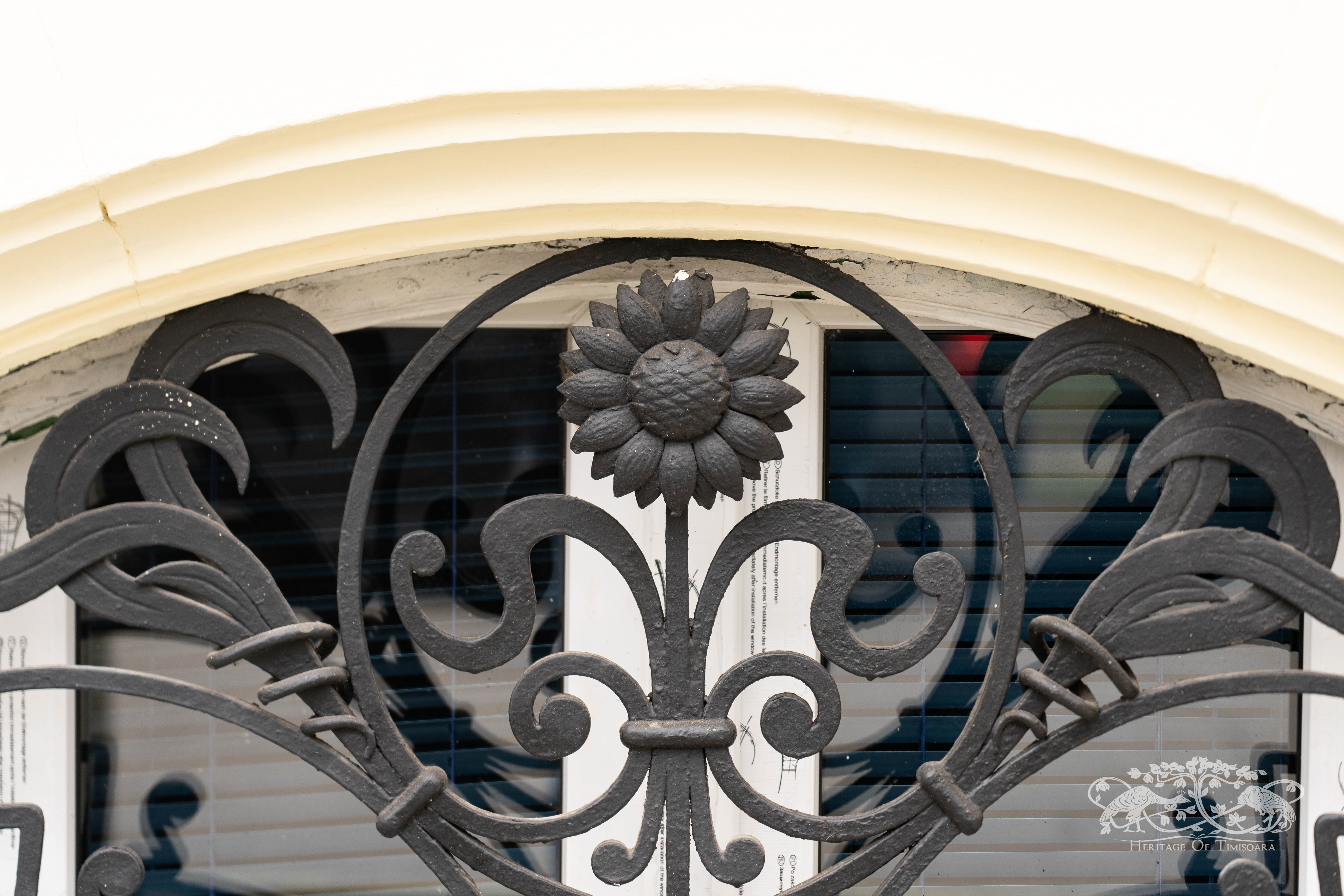
Photo: Raul Bondrilă
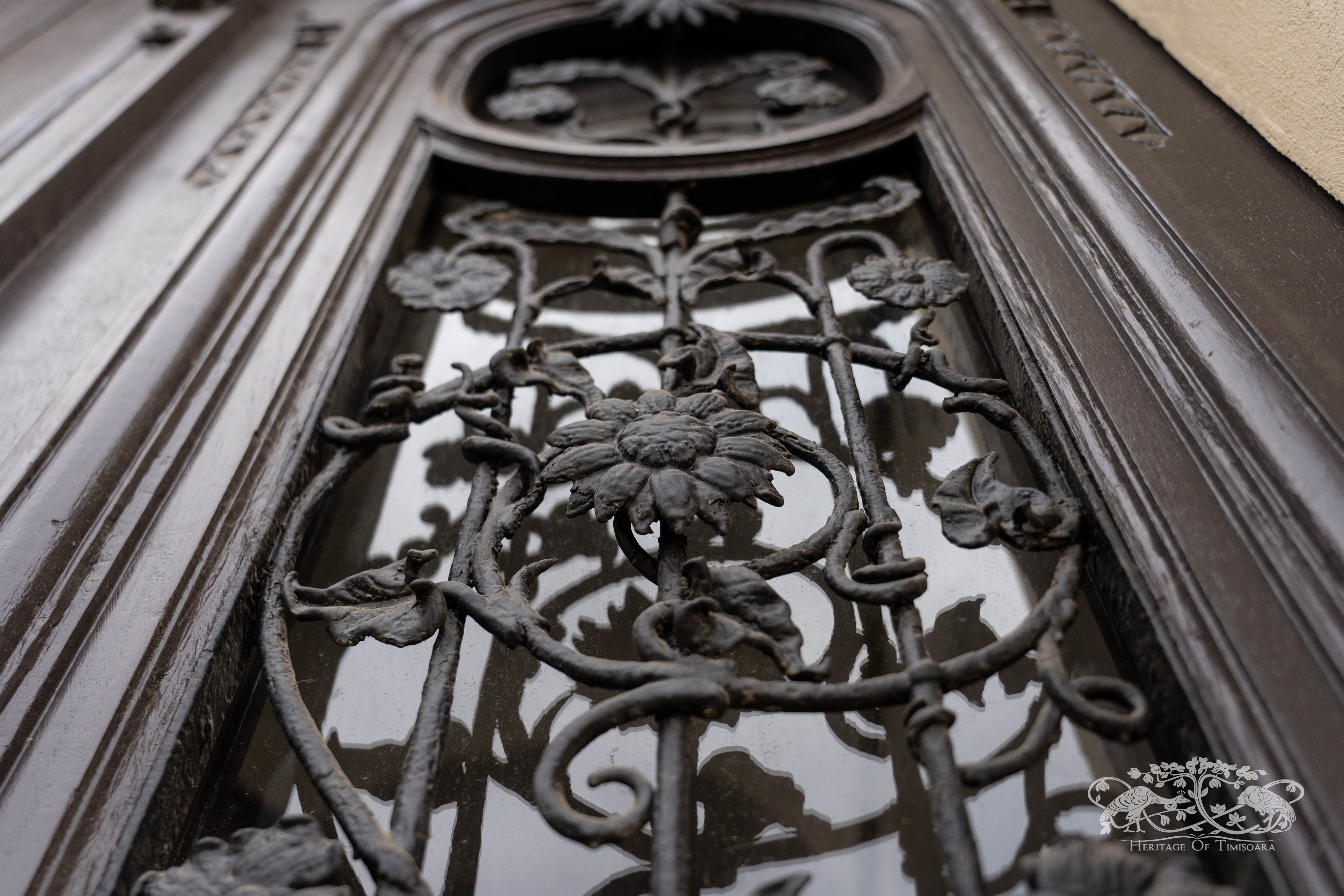
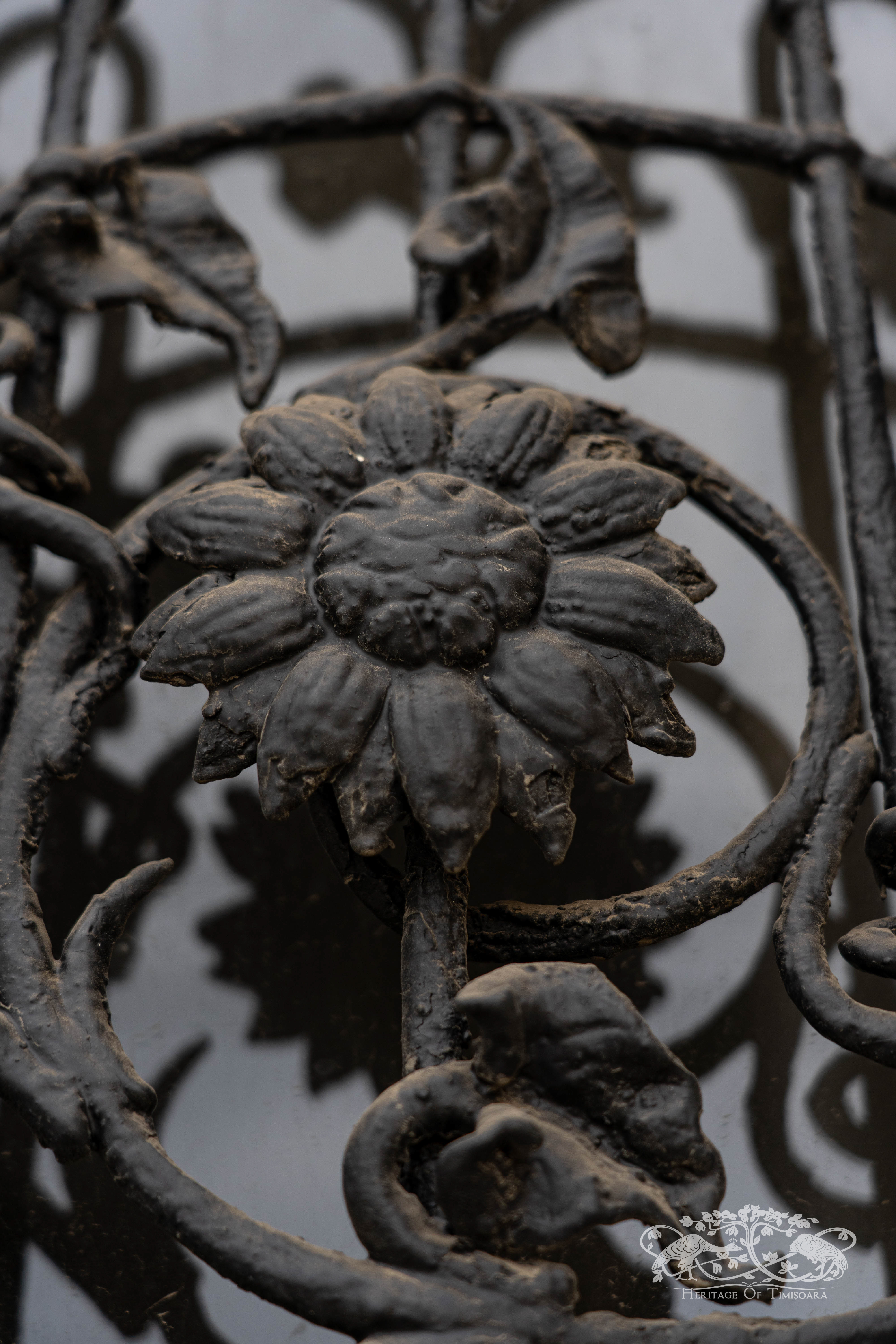
Photo: Raul Bondrilă
Community - the Sunflower in the region
We end this article with the image of a yellow Sunflower field alongside a clear blue sky. This is how we envision the story of European heritage in these days, as a delicate sea of hopeful flowers and colors that are at the same time so vulnerable, always under the possibility of falling prey to a sudden winter. Their power comes from the community, however, and this is why we want to show you various other representations of the Sunflower in Europe along with other initiatives that promote European regional heritage.
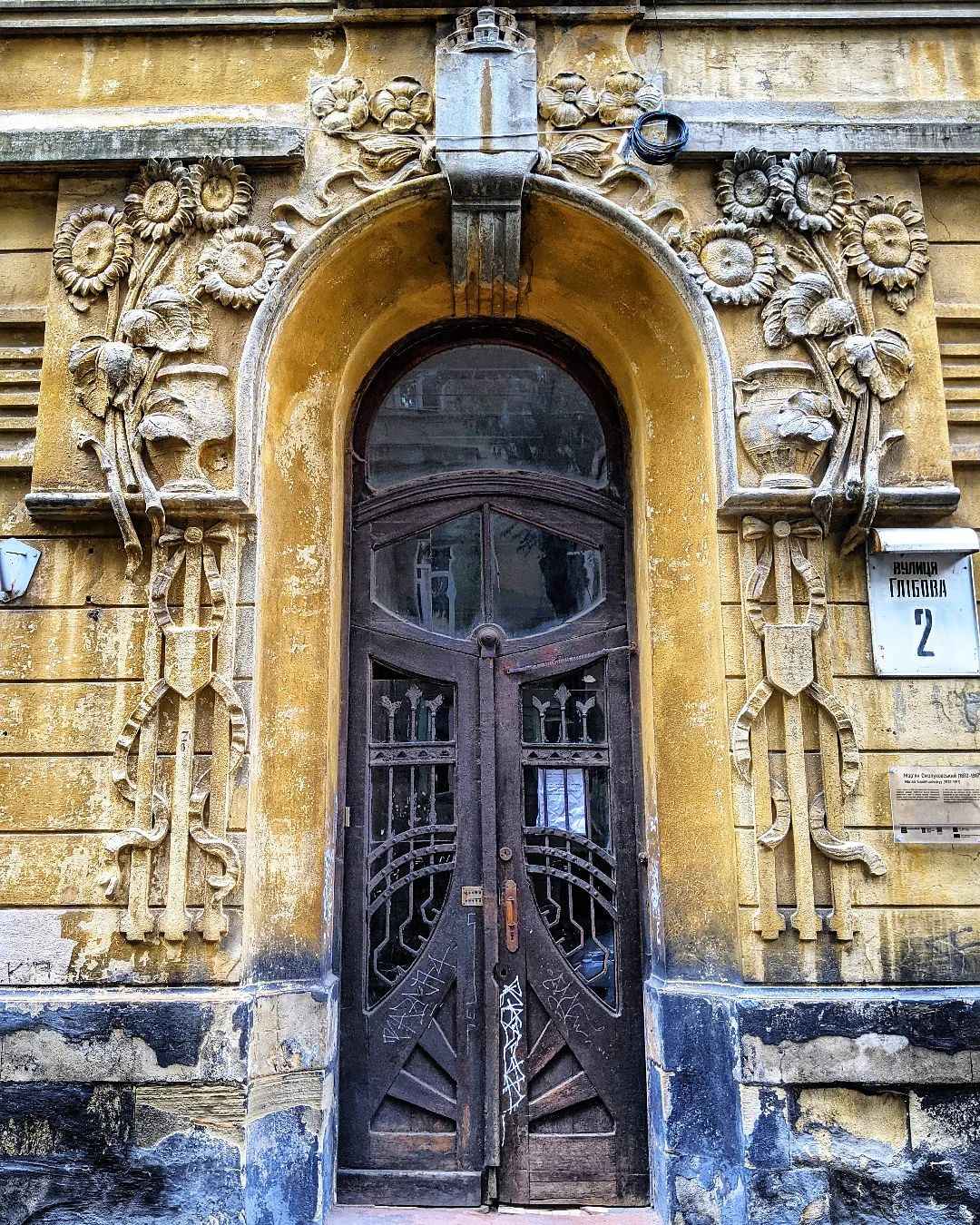
Source: Forgotten Galicia
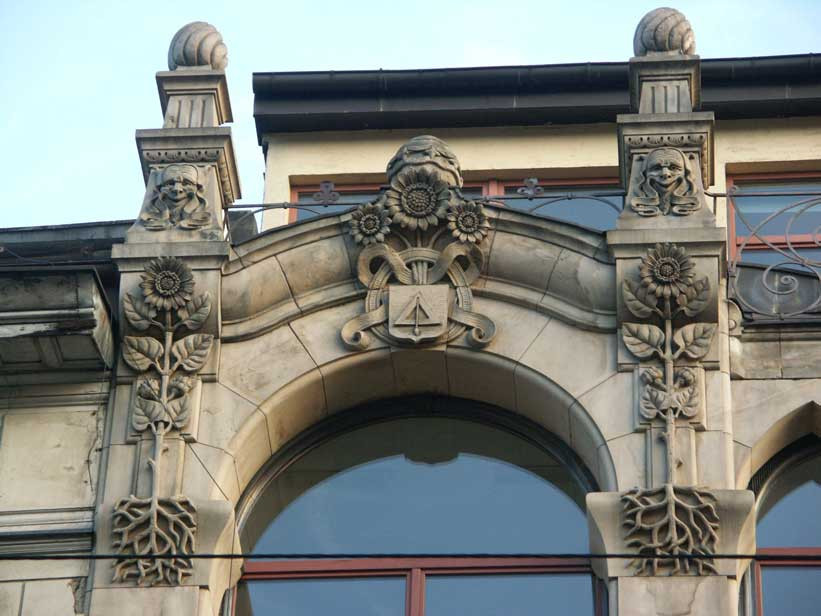
Source: Muzeum Secesji
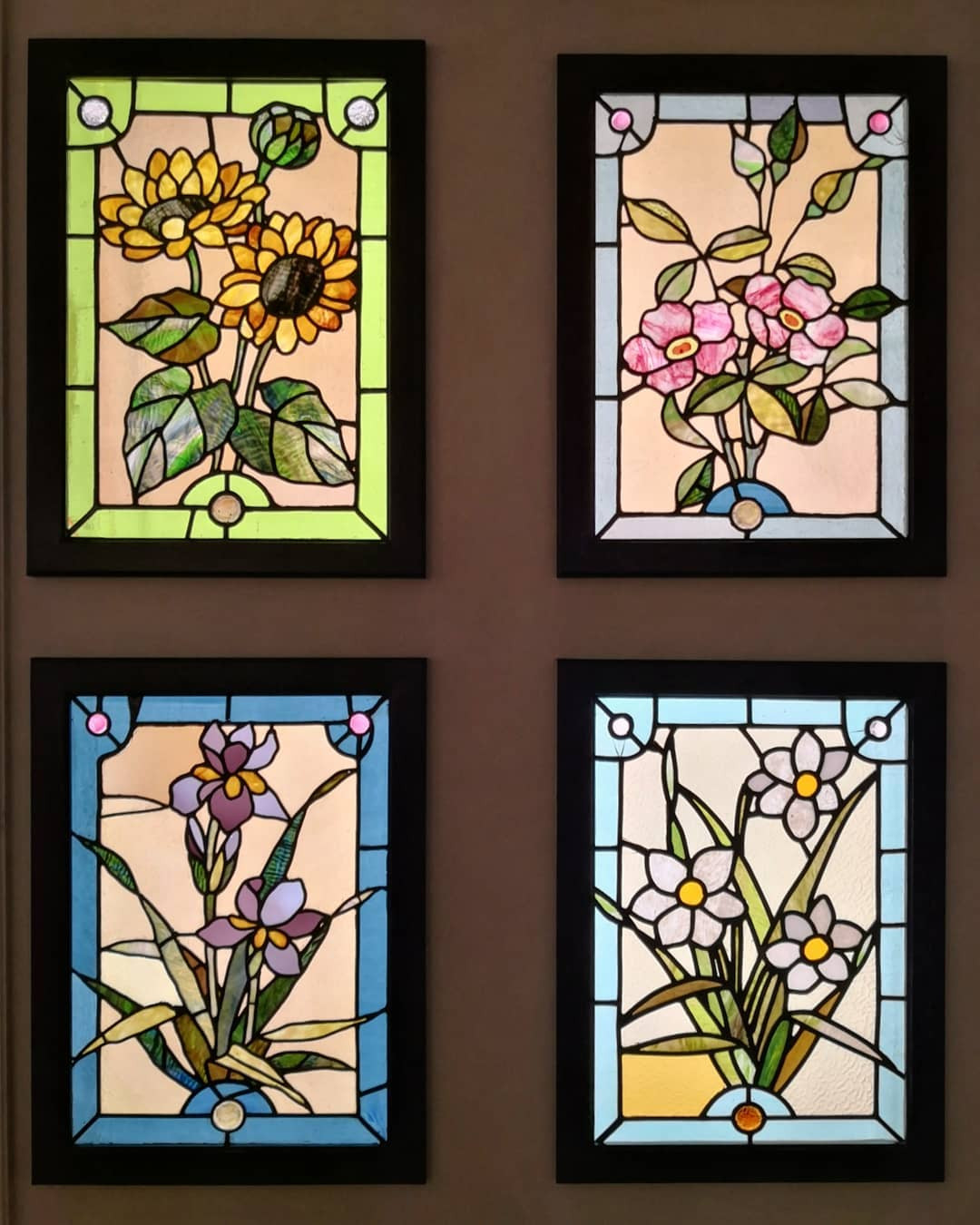
Source: Buildings Tell Tales
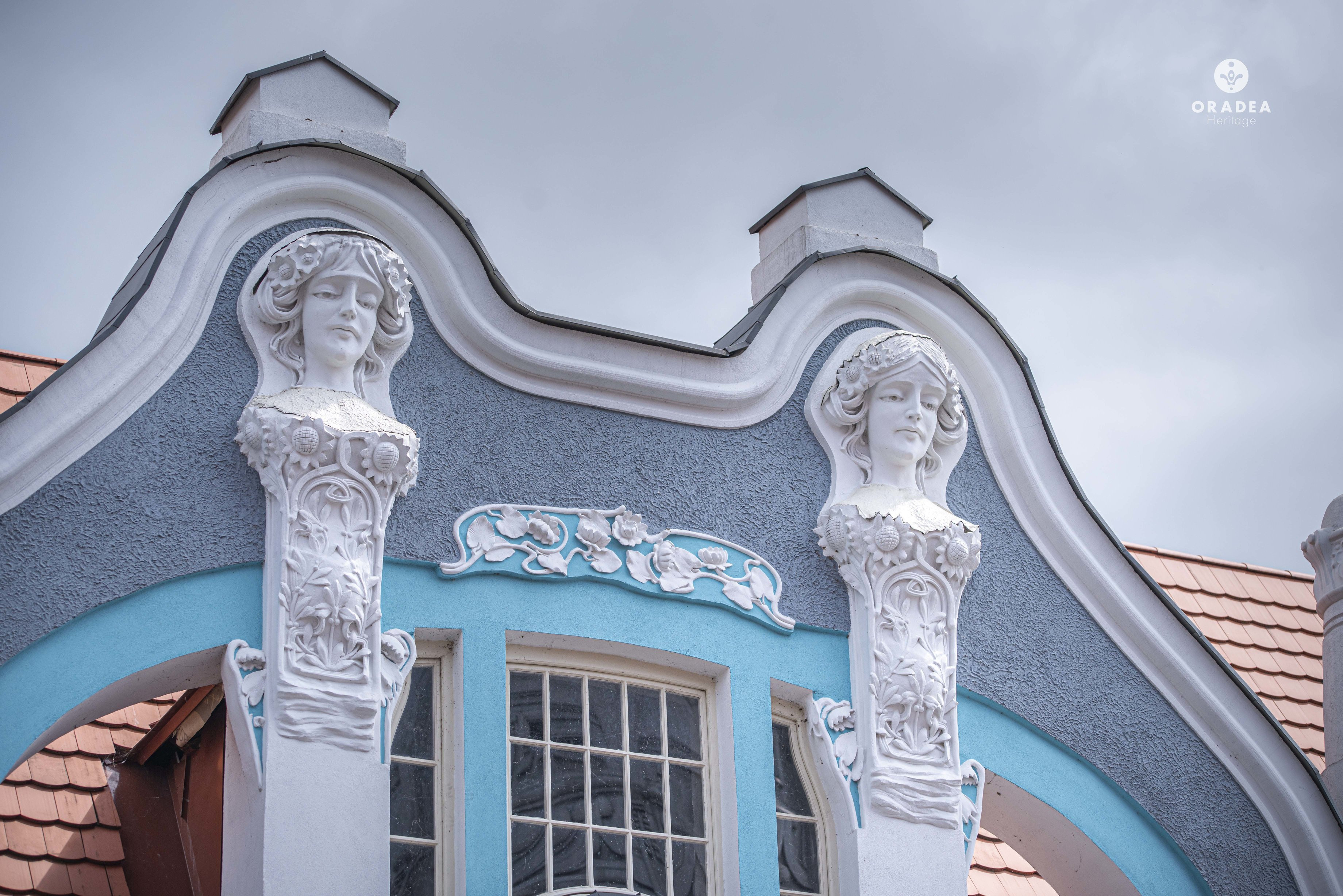
Source: Oradea Heritage
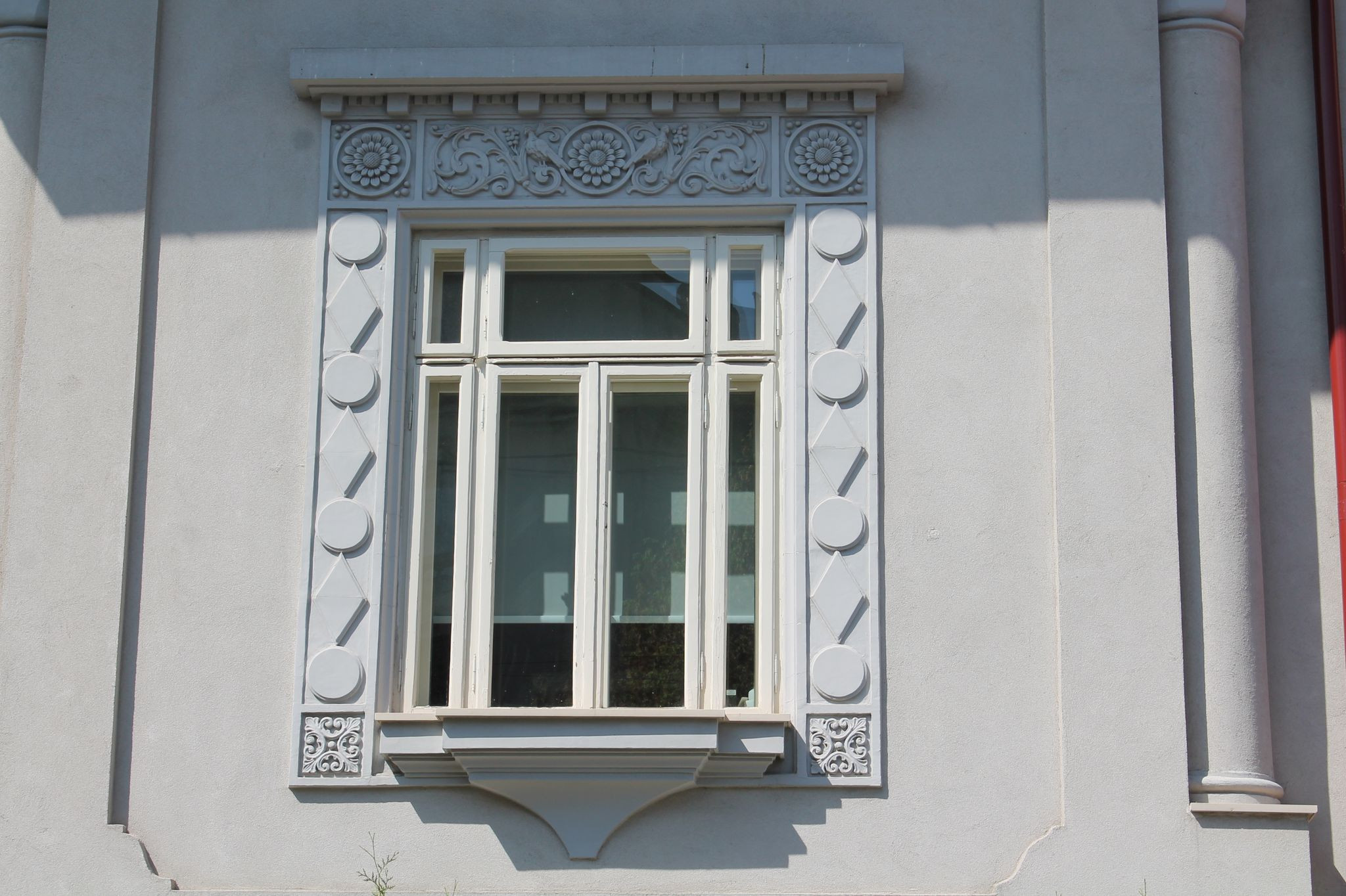
Source: Detaliul NeoRomânesc / Editura Intaglio
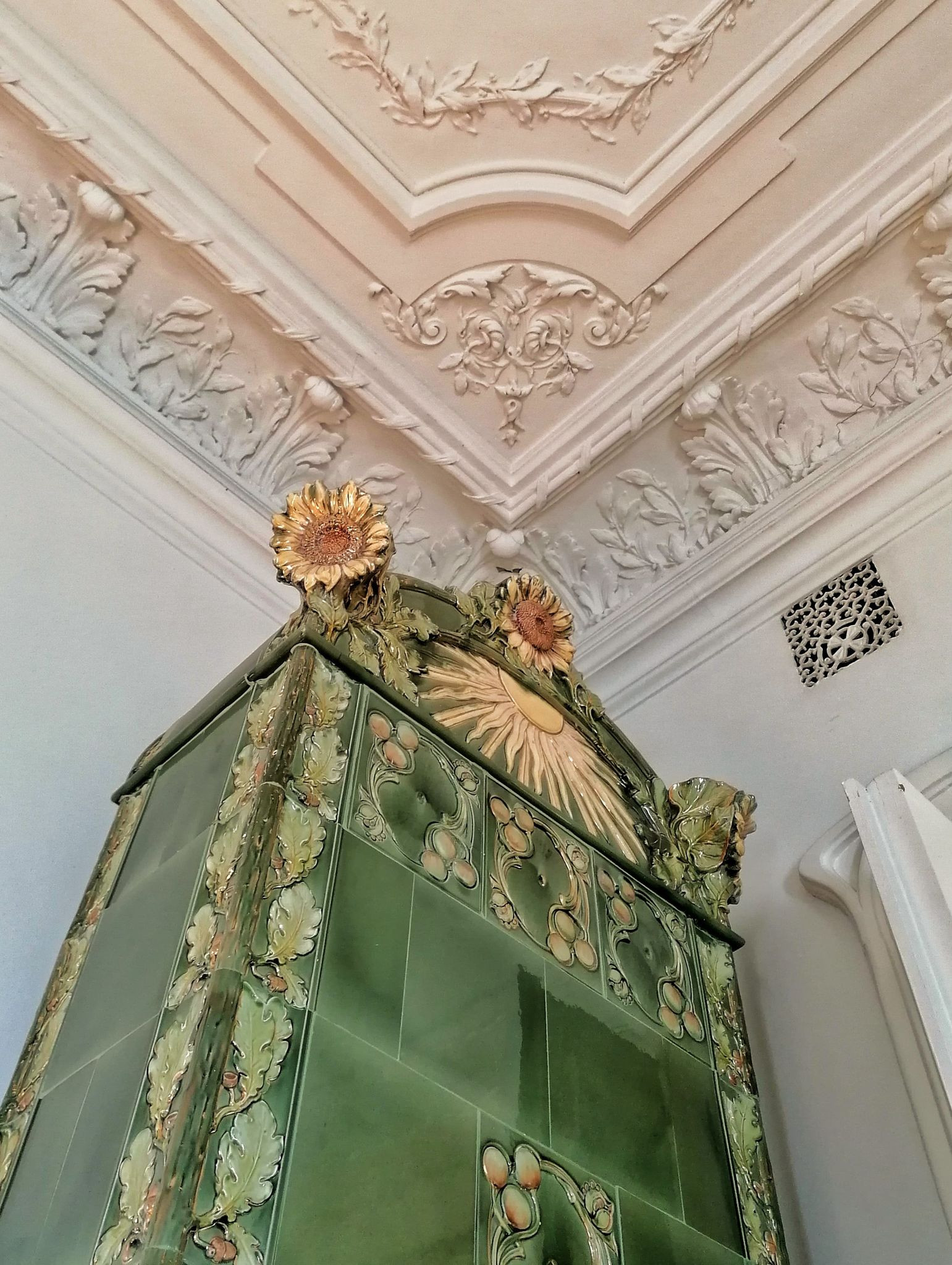
Source: Monumentalist
These are only few ornaments that illustrate the motif of the Sunflower. Do you know other such ornaments or initiatives that promote the heritage of both Timișoara and Europe?
Thanks to Raul Bondrilă (RoadOne) for today's documentary walk through Timișoara, in search of Sunflower.
